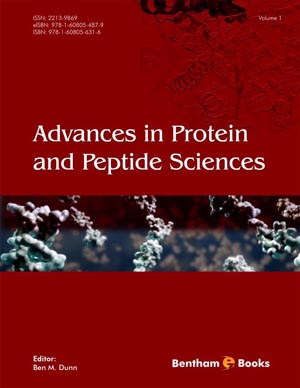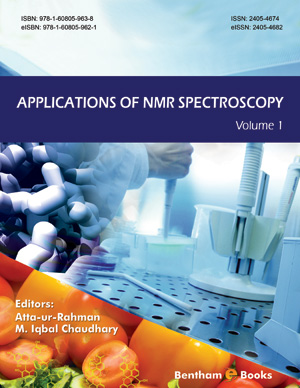Abstract
Propargylic alcohols are valuable starting materials in organic syntheses due to their ready availability. The presence of two functional groups, an alkyne unit and an alcohol unit, provide great opportunities for further functionalization. Straightforward substitution of the hydroxyl group with nucleophiles is highly desirable due to atomefficiency and environmental concerns. Since the first report of a ruthenium-catalyzed propargylic substitution reaction in 2000, a number of propargylic substitutions using transition-metal catalysts along with Brønsted and Lewis acids have been achieved. Reactions with a variety of carbon- and heteroatom-centered nucleophiles, both intermolecular and intramolecular versions, have been reported. These reactions have been successfully applied to the syntheses of substituted furans, pyrrols, indoles, isoxazoles and natural products. Asymmetric propargylic substitution reactions have also been achieved. With the intent of recycling the Lewis acid catalyst, ionic liquid techniques have been examined in propargylic substitutions as well. In recent years, propargylic substitution reactions using a combination catalytic system, either two different transition metals or an organocatalyst and Lewis acid, have been developed. This opens a new area of cooperative catalytic reactions that generate synthetic transformations that cannot be achieved by a single catalyst. Notably, the replacement of hydroxyl groups by stereodefined halovinyl and alkynyl moieties has been recently achieved. In this chapter, a brief summary of these advances is provided.
Keywords: Propargylic alcohol, propargylic substitution, propargylation, propargylic cation, nucleophile, transition-metal, Lewis acid, Brønsted acid, enantioselective, propargyl alkoxide, organoboron, boron halide, allenylidene, Meyer–Schuster rearrangement, ionic liquid.






















